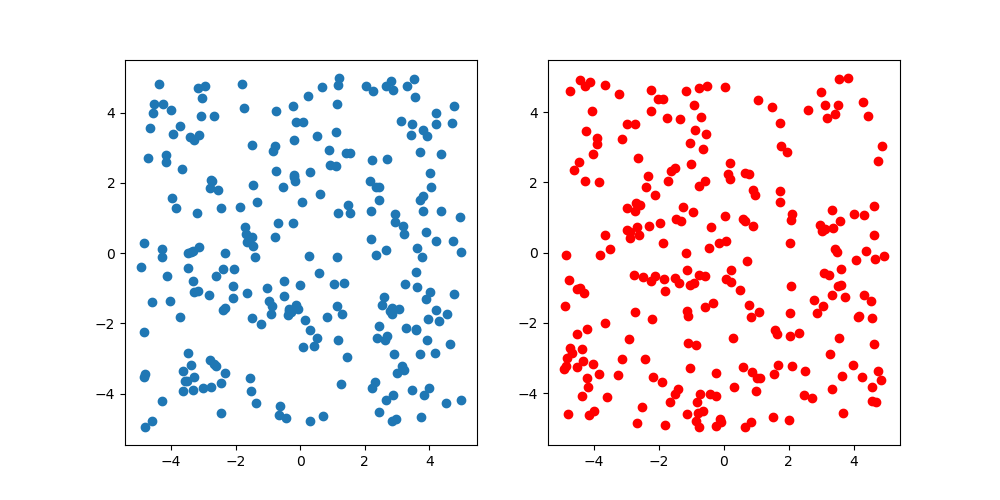

Objective: to illustrate the effect of small changes in parameter values on model outputs. Finding: partial differentiation was a useful method when applied to infectious disease models
#Latin hypercube sampling and infectious diseases how to
Objective: to demonstrate how to conduct SA on infectious disease models. Finding: survival in each life stage of the mosquito, mosquito biting behaviour and the duration of the infectious period in humans were the most important parameters Objective: to explore the response of dengue model outputs to changes in parameters. Finding: uncertainty in the effective contact rate was an important contributor to uncertainty in prevalence of the disease Objective: to understand the role of key parameters in a model of tuberculosis transmission in the absence of treatment.

Finding: three key parameters were identified as critical for precisely predicting the number of HIV cases Objective: to determine which parameters were important in contributing uncertainty to predictions of an HIV model. Finding: R 0 was most sensitive to the mosquito biting rate, suggesting that strategies targeting the mosquito biting rate may be effective in malaria control and improved estimates of the mosquito biting rate may improve model precision Objective: to determine the sensitivity of the basic reproduction number, R 0, to model parameters. Finding: temperature, the probability of transmission from host to vector, and the vector to host ratio were the most important factors Objective: to find which parameters impact the basic reproduction number, R 0. Finding: initial conditions of dogs not only affected case numbers, but also affected the timing of peak cases reducing the annual crop of newborn puppies and increasing the dog immunization rate reduced the rabies incidence rate Objectives: to examine whether initial conditions affected the number of rabies cases to find which control strategies were most effective. Finding: reservoir size did not substantially affect projected cases Finally, the numerical simulations of each strategy are depicted to demonstrate the importance of suggesting control interventions on the disease dynamics and eradication.Objective: to determine which parameters had the greatest influence on model projections. Four strategies are presented by choosing different set of controls combination for the disease minimization. Moreover, an optimal control problem is formulated and the necessary optimality conditions are investigated in order to eradicate the disease in a community. Further, the global sensitivity analysis of the model is carried out using the Latin Hypercube sampling and the partial rank correlation coefficient techniques. The existence of backward bifurcation is discussed using the central manifold theory. The global stability results are shown using the Lyapunov function of Goh-Voltera type. The threshold quantity R 0 is presented and the stability analysis of the system is carried out for the model equilibria. Initially, we formulate a mathematical model and then present the basic analysis of the model including the positivity and boundedness of the solution. This type of incidence rate, as well as the saturated treatment function, is also known as the Holling type II form and describes the effect of delayed treatment. In this paper, we construct an epidemic model to explore the transmission dynamics of vector-borne diseases with nonlinear saturated incidence rate and saturated treatment function. In such outbreaks, many countries especially developing or underdevelopment faces a situation where the number of infected individuals is getting larger and the medical facilities are limited. Vector-host infectious diseases remain a challenging issue and cause millions of deaths each year globally.


 0 kommentar(er)
0 kommentar(er)
